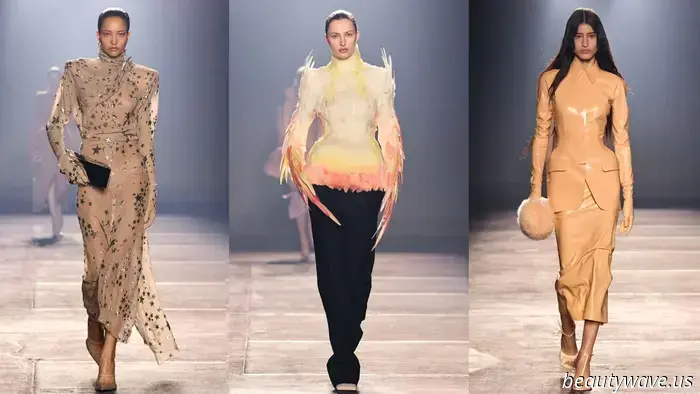
The concepts behind the spring 2026 Schiaparelli collection began when Creative Director Daniel Roseberry read about the decline in movie attendance in recent years alongside the surprising increase in museum visits. "It struck me as completely logical," he mentioned in the show notes. "Our phones offer a mix of superficial entertainment with very short-lived appeal." He then questioned why this reality had been accepted without challenge. "Is this truly what we desire?" he pondered. Despite the abundance of entertainment in 2025, Roseberry felt that genuine inspiration is becoming increasingly scarce. Consequently, he aimed to encapsulate authentic and valuable inspiration for the collection named Dancer in the Dark. The latest runway show occurred at the Centre Pompidou, in the same space that hosted the Brancusi retrospective just eighteen months earlier. Roseberry wasn't trying to create a direct link between fashion and art but rather wanted attending a Schiaparelli show to evoke the experience of visiting a museum. "It should invoke the feeling of dancing alone at home after work. It should feel like dancing in the dark—equally freeing; equally private; equally joyful." Roseberry has carved his own identity at Schiaparelli, yet Elsa Schiaparelli, the founder of the house in 1927, remains a continual source of motivation. Roseberry stated, "Schiaparelli RTW has always occupied the space between commercial viability and creative release. Elsa was never a creator of new silhouettes—that was never her intention. She also wasn’t a genius at brand marketing. However, she was brilliant in her cultural engagement." This connection to Elsa is most apparent in the Schiaparelli jacket, which is simple and sharp, devoid of excess embellishments. It epitomizes discipline and restraint. Roseberry refers to this idea as "hard chic," an aesthetic also reflected in the column dresses. The trompe l'oeil knitwear was rendered in three-tone jacquards as a nod to Elsa's knitted pieces. Bias-cut dresses with tears paid homage to the 1938 Tears Dress, a Surrealist collaboration between Schiaparelli and Salvador Dalí. Roseberry emphasized the importance of creating accessories that would be as enjoyable as the ready-to-wear collection, which certainly was achieved. The Secret, Schiaparelli's padlock handbag, was designed in new dimensions to echo Dalí’s melting clocks. "Every shoe and handbag starts with sketches, which I believe is evident in the final items," Roseberry noted. The bag possesses a raw quality that contributes to its quirky charm; it does not take itself too seriously. For a considerable time, Roseberry felt uncertain about the common perception that his ready-to-wear collection resembled couture. Initially viewing it as a critique, he has since re-evaluated his stance. "Now, six years into this journey at Schiaparelli, what once felt like a drawback now appears to be a strength. Who wouldn’t want to engage in a fantasy that simplifies daily life? Why shouldn’t fashion—even everyday fashion—be considered art?" His spring 2026 collection illustrated just that, proving there's no reason not to don apparel that wouldn’t seem out of place in a museum—particularly when that apparel bears the Schiaparelli name.
Whether by chance or design, Mugler's spring 2026 collection coincided perfectly with the release of Taylor Swift's latest album, The Life of a Showgirl. Miguel Castro Freitas, the newly appointed Creative Director for Mugler, aimed to reshape the narrative surrounding the "fetishized cliché of the showgirl" during his debut show at Paris Fashion Week, presenting a fresh sartorial perspective on this enduring trope. The show notes highlight that the allure of these nocturnal figures of vaudeville and cabaret is not exclusively about the titillating spectacle of extravagant, semi-nude performances adorned with feathers and glitter, but rather lies in the complex human contradictions embodied by—or attributed to—their intricate personas. They are depicted as both vulnerable and composed, sexually charged yet elusive, serving as timeless symbols of the captivating and sometimes perilous nature of seduction. The brand further elaborates that this collection "harmonizes conflicting forces—fantasy/reality, darkness/light, ornate/austere designs, good/bad taste, and nostalgia/futurism." Scroll down to see how these themes were embodied in the clothing and accessories.
Sheer and Sensual
The show notes clarify that sheer elements were intended to showcase "bare skin as the ultimate, most exquisite fabric we inhabit." One model took to the runway completely topless, while others were clad in light, translucent materials in soft shades such as baby blue and light tan.
Feathered and Fanciful
A showgirl theme wouldn't be complete without feathers. However, instead of the typical feather boas and headbands, Mugler showcased innovative interpretations of this whimsical material. One striking ensemble featured a fitted ombré turtleneck matched with understated trousers, while another displayed a dramatic burst of feathers cascading from the model's hips.
Sharp and Tailored
As previously noted, this collection exemplified contrasts. "Hollywood glamour captures the drama of sensuous volumes—from feathers to liquid pastel satin—while also delving into androgynous suits with pronounced shoulders that enhance stature," the brand states. In stark contrast to the soft pastel pieces, sharply tailored blazers and minimalist coats were interspersed throughout the collection.
Dark and Twisted
While certain segments of the collection boasted airy, vibrant designs, others took on a more somber tone. "The showgirl is darkly sublimated, performing in cascades of shredded fringe and sculpted garments that drape around the body," according to Mugler.
Front and Center
Notable guests at the Mugler show included Pamela Anderson, Naomi Watts, Emma Chamberlain, Anna Wintour, Law Roach, and many more. Roach's attendance was especially exciting due to his longstanding relationship with Zendaya, known for her eye-catching Mugler looks—only time will reveal the future of their collaborations.










Other articles
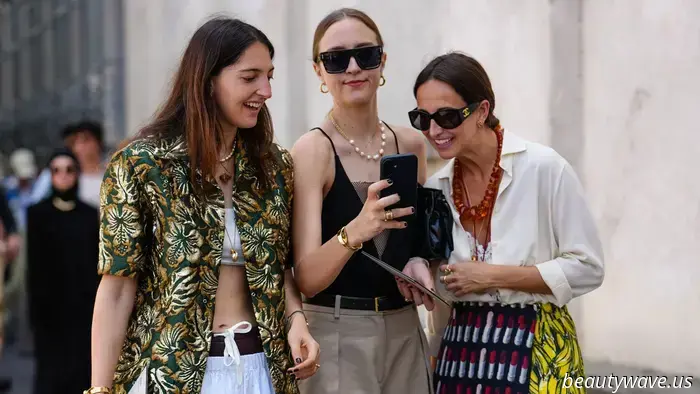 Here’s How to Prioritize Who What Wear Articles in Your Google Search Results
It's really simple.
Here’s How to Prioritize Who What Wear Articles in Your Google Search Results
It's really simple.
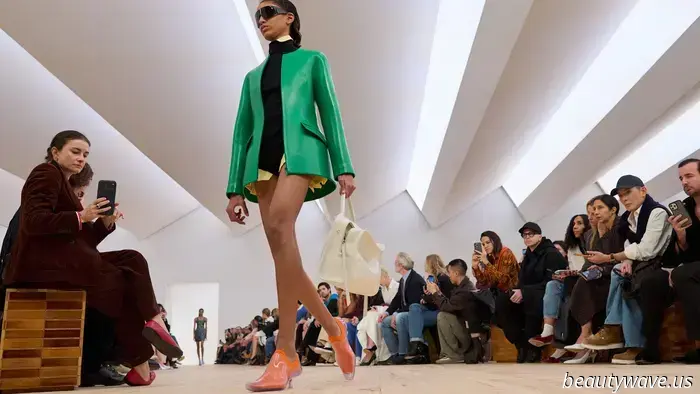 A New Era Begins at Loewe—and the Future Looks Promising
Here’s our analysis of Jack McCollough and Lazaro Hernandez's first appearance for the Spanish fashion brand at Paris Fashion Week.
A New Era Begins at Loewe—and the Future Looks Promising
Here’s our analysis of Jack McCollough and Lazaro Hernandez's first appearance for the Spanish fashion brand at Paris Fashion Week.
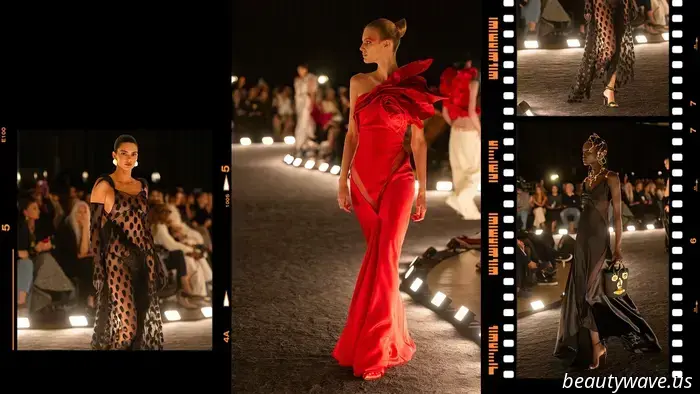 Daniel Roseberry showcased a real-life Schiaparelli fantasy to combat the current trend of sloppiness.
It's the type of collection that will make you pause your doomscrolling.
Daniel Roseberry showcased a real-life Schiaparelli fantasy to combat the current trend of sloppiness.
It's the type of collection that will make you pause your doomscrolling.
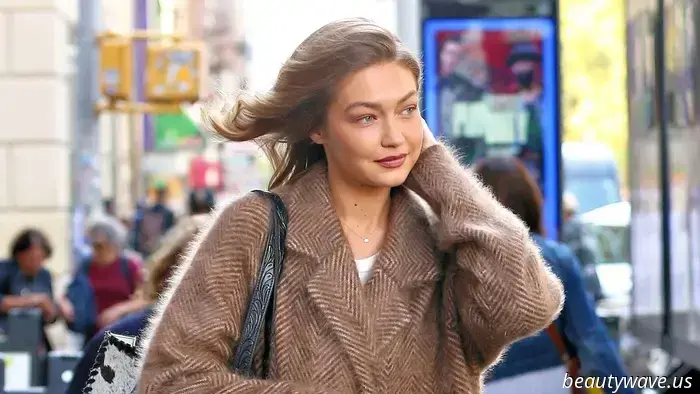 Forget the Leggings—Here’s What Stylish Dressers Are Currently Pairing with Ugg Boots.
Gigi Hadid's outfit featuring Ugg boots demonstrates that they can be worn beyond just pairing with leggings. Check out her style and shop for her timeless Uggs here.
Forget the Leggings—Here’s What Stylish Dressers Are Currently Pairing with Ugg Boots.
Gigi Hadid's outfit featuring Ugg boots demonstrates that they can be worn beyond just pairing with leggings. Check out her style and shop for her timeless Uggs here.
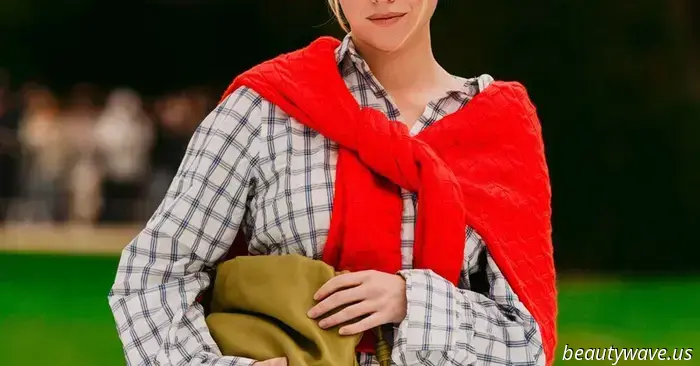 Prediction: *This* Surprising Watch Trend Will Be the Most-Complimented Accessory of 2026
Purchase it here.
Prediction: *This* Surprising Watch Trend Will Be the Most-Complimented Accessory of 2026
Purchase it here.
The concepts behind the spring 2026 Schiaparelli collection began when Creative Director Daniel Roseberry read about the decline in movie attendance in recent years alongside the surprising increase in museum visits. "It struck me as completely logical," he mentioned in the show notes. "Our phones offer a mix of superficial entertainment with very short-lived appeal." He then questioned why this reality had been accepted without challenge. "Is this truly what we desire?" he pondered. Despite the abundance of entertainment in 2025, Roseberry felt that genuine inspiration is becoming increasingly scarce. Consequently, he aimed to encapsulate authentic and valuable inspiration for the collection named Dancer in the Dark. The latest runway show occurred at the Centre Pompidou, in the same space that hosted the Brancusi retrospective just eighteen months earlier. Roseberry wasn't trying to create a direct link between fashion and art but rather wanted attending a Schiaparelli show to evoke the experience of visiting a museum. "It should invoke the feeling of dancing alone at home after work. It should feel like dancing in the dark—equally freeing; equally private; equally joyful." Roseberry has carved his own identity at Schiaparelli, yet Elsa Schiaparelli, the founder of the house in 1927, remains a continual source of motivation. Roseberry stated, "Schiaparelli RTW has always occupied the space between commercial viability and creative release. Elsa was never a creator of new silhouettes—that was never her intention. She also wasn’t a genius at brand marketing. However, she was brilliant in her cultural engagement." This connection to Elsa is most apparent in the Schiaparelli jacket, which is simple and sharp, devoid of excess embellishments. It epitomizes discipline and restraint. Roseberry refers to this idea as "hard chic," an aesthetic also reflected in the column dresses. The trompe l'oeil knitwear was rendered in three-tone jacquards as a nod to Elsa's knitted pieces. Bias-cut dresses with tears paid homage to the 1938 Tears Dress, a Surrealist collaboration between Schiaparelli and Salvador Dalí. Roseberry emphasized the importance of creating accessories that would be as enjoyable as the ready-to-wear collection, which certainly was achieved. The Secret, Schiaparelli's padlock handbag, was designed in new dimensions to echo Dalí’s melting clocks. "Every shoe and handbag starts with sketches, which I believe is evident in the final items," Roseberry noted. The bag possesses a raw quality that contributes to its quirky charm; it does not take itself too seriously. For a considerable time, Roseberry felt uncertain about the common perception that his ready-to-wear collection resembled couture. Initially viewing it as a critique, he has since re-evaluated his stance. "Now, six years into this journey at Schiaparelli, what once felt like a drawback now appears to be a strength. Who wouldn’t want to engage in a fantasy that simplifies daily life? Why shouldn’t fashion—even everyday fashion—be considered art?" His spring 2026 collection illustrated just that, proving there's no reason not to don apparel that wouldn’t seem out of place in a museum—particularly when that apparel bears the Schiaparelli name.
Here is my complete review.
